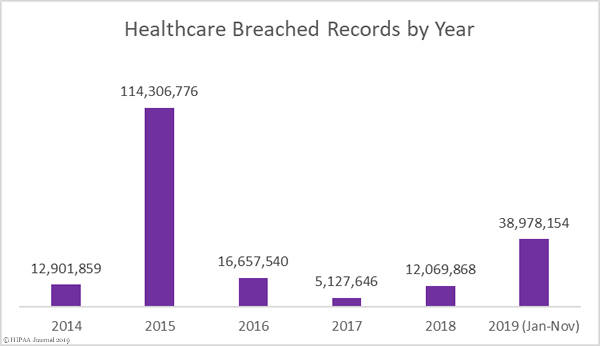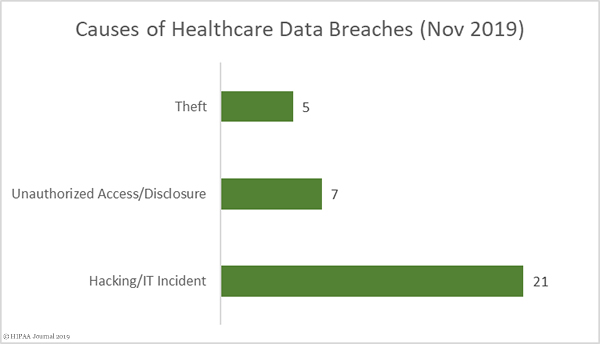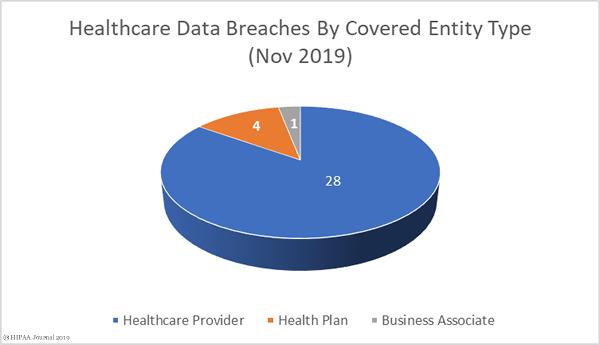Microsoft is stopping free support for Windows 7, Windows Server 2008, and Windows Server 2008 R2 on January 14, 2020, meaning no more patches will be released to fix vulnerabilities in the operating systems. Support for Office 2010 has also come to an end.
The operating systems will be up to date as of January 14, 2020 and all known vulnerabilities will have been fixed, but it will only be a matter of time before exploitable vulnerabilities are discovered and used by cybercriminals to steal data and deploy malware.
Even though Microsoft has given a long notice period that the operating system was reaching end of life, it is still the second most used operating system behind Windows 10. According to NetMarketShare, 33% of all laptop and desktop computers were running Windows 7 in December 2019.
Many healthcare organizations are still using Windows 7 on at least some devices. The continued use of those devices after support is stopped places them at risk of cyberattacks and violating the HIPAA Security Rule.
The natural solution is to update Windows 7 to Windows 10, although that may not be straightforward. In addition to purchasing licenses and upgrading the operating system, hardware may also have to be upgraded and some applications may not work on newer operating systems. The upgrade is therefore likely to be a major undertaking that may take a great deal of time.
If upgrading Windows 7 devices and Windows 2008 servers is not possible, steps should be taken to protect the devices and reduce the likelihood of a compromise and the impact of a cyberattack.
Steps to take to reduce the likelihood of a compromise include preventing the Windows 7 devices from accessing untrusted content. That means not using the devices for accessing email and browsing the internet and portable storage devices and removable media should not be used.
Local administrator rights should be removed from all Windows 7 devices and firewall protection should be strengthened. The devices should not be used for accessing sensitive data, such as protected health information and any sensitive data stored on the devices should be moved to devices running supported operating systems.
Since there is a greater chance of a malware infection on devices running unsupported operating systems, it is essential for anti-virus software to be installed and for it to be kept up to date. Regular scans should be conducted on the devices for malware and the devices should be monitored for potential cyberattacks in progress.
Microsegmentation can help to limit the harm caused in the event of a compromise. All devices running unsupported operating systems should be isolated from other networks and the devices should only be allowed to access critical services. Access to core servers and systems should be removed. It is also strongly advisable to review and revise business continuity plans to ensure that in the event of a compromise, critical business operations can continue. While it is costly to pay for extended support it is strongly recommended.
These measures can reduce risk, but they will not eliminate it. Organizations should therefore be accelerating their plans to upgrade their operating systems and hardware. Moving to a supported operating system is the only way to ensure devices remain secure.
The post Support for Windows 7 Finally Comes to an End appeared first on HIPAA Journal.





